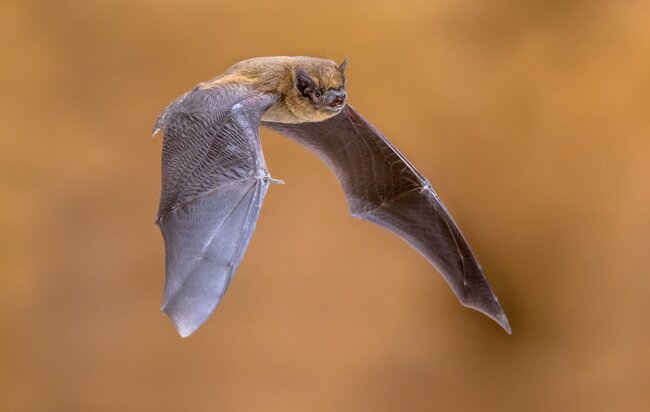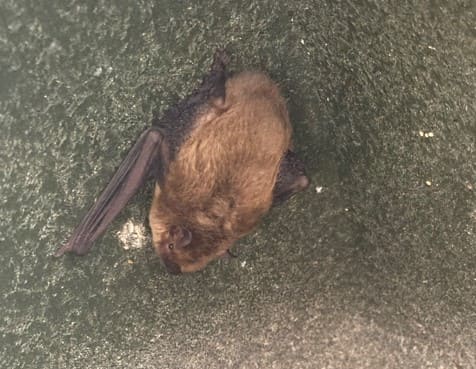Fact sheet
- Pipistrellus pipistrellus
- Size: 3.5 to 5 cm
- Wingspan: 25 cm
- Color: red-brown, yellow-brown
- Food: Mosquitoes, small flies
- Perception: Hunting flights around lanterns

Crevice
Here lives the soprano pipistrelle
Alongside the common pipistrelle, the soprano pipistrelle is one of the smallest bat species in the world. Its habitat includes forests, gardens, parks and urban areas, where it finds shelter in the crevices of buildings, tree hollows or nesting boxes. It is nocturnal and feeds mainly on small insects, which it hunts in flight.
Excessive lighting from artificial light sources such as street lamps, neon signs and floodlights create light pollution, also known as light smog. This makes orientation difficult and disrupts the natural day-night rhythm of many animals, especially nocturnal species such as the pipistrelle bat. While insects often hang around light sources, bats avoid the brightly lit areas. This impairs foraging and upsets the natural balance between predator and prey. All of this can endanger the population of pipistrelle bats.
In future, wbg Nürnberg will take measures against light smog by reducing outdoor lighting and switching to insect-friendly light sources. This lighting reduces the disturbance of nocturnal animals and helps to protect their habitats.



